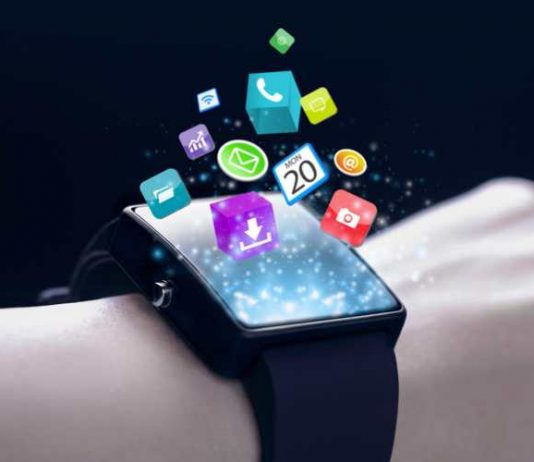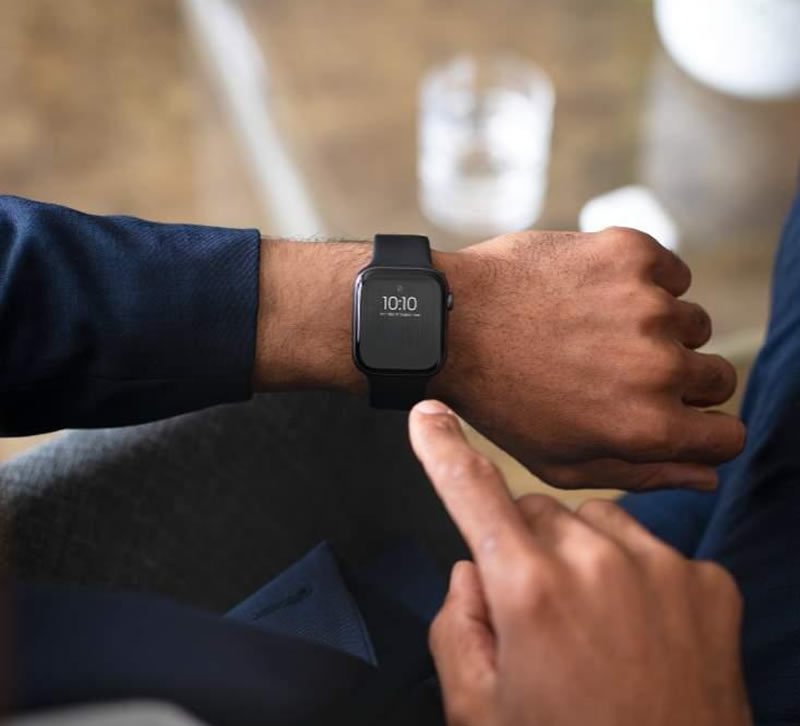It is no longer new to find, in virtually any corner, portable devices capable of performing alternative functions. It seems that a new era announced by the prefix “smart” has opened: so-called smartwatches now use the same operating system language found on smartphones, tablets, and gadgets of the type.
And what can characterize a device as “smart”? If either device performs tasks additional to those initially designed, then it can be considered smart. Even the luxury Rolex Explorer could be called a smartwatch. In this way, it can be said that – at least as far as the history of time counters – the first smartwatch came into existence more than 70 years ago!
In this article, follow the evolution of smart clocks and understand how wrist computers have gained the shape they have today. From a timer coupled to a time display to devices integrated into WiFi networks like the watches shown in superwatches.com. How, in more than half a century, have these devices been developed? Take a quick tour of the history of portable watches and note some possible answers to that question.
The watch capable of timing time
The first smartwatch appeared around the 1940s. However, it is not clear who was the first company to produce such a smartwatch. This timepiece was imported by the UK to a shipyard of the Royal Navy (founded in the 16th century and extinguished in the mid-20th century).
Pulse Calculators
In 1975, the Pulsar Time Computer surfaced. Launched by the company Pulsar, the device had four batteries: two of them dedicated to the illumination of the LED screen; the other pair was used exclusively by automatic calculations. The model was accompanied by a pen – which served as a typing tool since it gave the user access to the kid’s keyboard on the watch. It was from the appearance of Pulsar Time Computer that other companies started investing in the development of increasingly dynamic wristwatches.
Good examples of this expansion in the production of robust wristwatches are the Seiko D409 models, dated 1982 (which had 112 bytes of memory and had the capacity to store certain data), the 1985 Epson RC-20 and the Casio CFX-400 (equipped with advanced calculation features – a type of “scientific pulse calculator”).
Receiving beeps and monitoring data
In 1991, the first watch capable of receiving text messages was launched. Along with it, Casio introduced to the world the famous F-91W. In 1994, Timex’s DataLink became the “official brand of astronauts.” This is because such a clock supported data transfer by computer without the need for cable connection. NASA thus approved the use of the pulse hour display in space.
And when the first hybrid between clock and phone came up? As early as 1999, the SPH-WP10 model, launched by Samsung and regarded as the lightest and smallest gadget of its time, had no keyboard – all commands were given via a single key located below the display. This pearl was able to make and receive calls – a real stride in the field of portable technology of the late 1990s.
A model released by the Garmin Company in 2006 became a benchmark in the monitoring of heart rate. The Forerunner 205, in addition to being successful among athletes, has received improvements in its primary GPS system – further enhancing the possibilities of these wrist sets.
Note: It is important to note that the clocks cited by this historic tour were not the only ones to provide extra functions to users over the past decades. The devices listed here, however, represent some key points in the evolution of smartwatches, but they are not, therefore, the isolated exponents of the evolution of these wrist gadgets.
Today
Several models of smartwatches occupy the store shelves these days. Thus, it is extremely unwise to say that this or that wrist device – which eventually also shows the hours – is the most advanced of the moment (users of these types of gadgets have different needs, one or the other may then prefer portable devices). We hope this article is useful to let you know the technology evolution on smartwatches.

